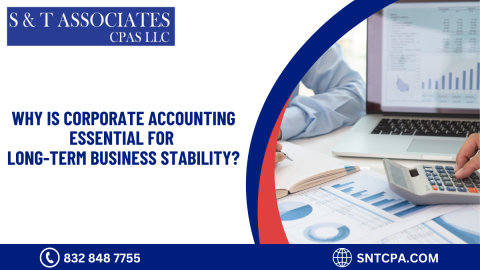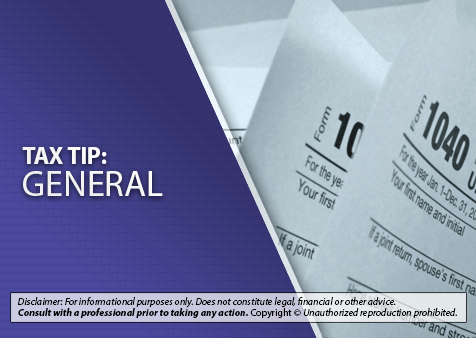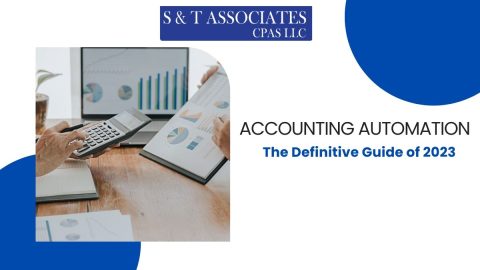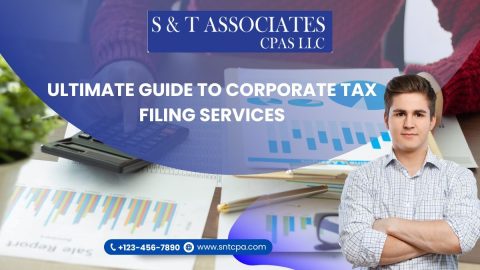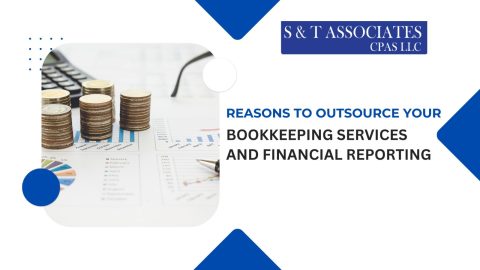Act by December 31 to maximise your tax benefits.
Whether you’re having a wonderful year, recovering from recent losses, or still fighting to get started, you may save a bundle on taxes if you know how to avoid paying taxes at the end of the year.
The following are eight year-end tax suggestions for lowering taxable income.
1. Defer your earnings:
Income is taxed in the year in which it is earned—but why pay taxes today if you can pay them tomorrow?While it is difficult for employees to delay wage and salary income, you may be allowed to defer a year-end bonus until the following year—as long as your company’s regular practise is to pay year-end bonuses the following year.
You have more liberty if you are self-employed, freelance, or consult. Delaying billings until late December, for example, can result in payment being delayed till the following year.
Whether employed or self-employed, you can also defer income by deferring capital gains until 2022 rather than 2021.
Of course, deferring income makes sense only if you believe you will remain in the same or a lower tax rate next year. You don’t want to be surprised with a larger tax payment next year if increased income puts you in a higher tax rate. If that is likely, you may wish to accelerate income into 2021 in order to pay tax on it sooner rather than later at a lower bracket.
2. Take advantage of any last-minute tax deductions:
Just as you may wish to learn how to minimise taxable income at the end of the year, you may wish to learn how to avoid paying taxes at the end of the year.
For instance, donating to charity is an excellent way to obtain a tax deduction. And you have complete control over the timing.
Persons, including married individuals filing separate returns, may deduct up to $300 in cash contributions to qualified organisations made in 2021. The maximum deduction for married individuals filing joint returns is increased to $600.
By contributing appreciated stock or property rather of cash, you can maximise the tax benefits of your philanthropy.
Even better, if you’ve owned the item for more than a year, the donation provides a double tax benefit: you can deduct the property’s market value on the date of the gift and avoid paying capital gains tax on the accumulated appreciation.
Any contribution, regardless of the size, must be accompanied by a receipt. (The old requirement requiring receipts for contributions of $250 or more has been repealed.) Additional expenses that you can accelerate include the following:
- a preliminary estimate of the state income tax bill due on January 15
- a property tax bill expected in the early part of the next year
- Or a physician’s or hospital’s bill.
Accelerating deductions, on the other hand, may be a mistake if you are subject to the alternative minimum tax, as detailed below.
Avoid missing out on significant tax deductions by opting for the itemised deduction rather than the basic deduction. The IRS reports that over 75% of taxpayers accept the standard deduction, but may be missing out on substantial tax deductions if they itemise.
If your qualifying costs exceed the standard deduction, which is $12,550 for single filers, $25,100 for married filers filing jointly, and $18,000 for head of household in 2021, you should likely itemise and maximise your deductions.
Make no attempt to determine if you should itemise or accept the standard deduction. TurboTax will determine this for you based on your responses to a few straightforward questions regarding your deductible expenses.
3. Bear in mind the Alternative Minimum Tax (AMT).
Occasionally, discovering legal ways to avoid paying taxes can cost you money… if you are already subject to the alternative minimum tax (AMT) or if you activate it inadvertently.
Originally enacted to ensure that rich individuals could not take use of lawful deductions to reduce their tax liability, the AMT is increasingly hurting the middle class.
The AMT is calculated independently of your ordinary tax due and follows a different set of criteria. You must pay the higher of the two tax bills.
This is a year-end concern because certain expenses that are deductible under normal circumstances—and hence eligible for accelerated payments—are not deductible under the AMT.
For example, under the AMT, state and local income taxes and property taxes are not deductible. Therefore, if you anticipate being subject to the AMT in 2021 for taxes due in January 2022, defer payment until December 2021.
4. Offset gains by selling losing investments.
Loss harvesting is a critical year-end technique that entails selling investments such as stocks and mutual funds in order to collect losses. You can then use those losses to any taxable profits you made throughout the year. Dollar for dollar, losses equal gains.
Additionally, if your losses exceed your earnings, you can utilise up to $3,000 of excess loss to eliminate other sources of income.
If you have an excess loss of more than $3,000, it can be carried forward to the following year. You can then use it to offset any gains in 2021, as well as up to $3,000 in other income. You can carry forward losses for as long as you live.
5. Contribute as much as possible to retirement funds
Perhaps no investment is more advantageous than tax-deferred retirement accounts. They can accumulate a sizable sum because they compound tax-free over time.
Employer-sponsored 401(k) plans may offer the best value, as businesses frequently match employee contributions.
Increase your 401(k) contribution to the maximum allowable amount ($19,500 for 2021, $26,000 if you are 50 or older). If you are unable to pay so much, strive to donate at least the amount that will be matched by your company.
Consider contributing to an IRA as well.
Generally, you have until April 15, 2022 to make IRA contributions, but the sooner you deposit funds into the account, the sooner they can begin to grow tax-deferred.
Contributions that are tax deductible also reduce your taxable income for the year.
For 2021, you can contribute up to $6,000 to an IRA, plus an additional $1,000 if you are 50 or older.
If you are self-employed, a Keogh plan may be a smart retirement option. These plans must be formed by December 31, but contributions may be made until the deadline for submitting your 2021 tax return (including extensions). The amount you can contribute is determined by the Keogh plan type you select.
6. Evade the kiddie tax
The “kiddie tax” restrictions were enacted by Congress to prohibit families from moving investment income from Mom and Dad’s high tax bracket to junior’s low tax bracket.
For 2021, the kiddie tax will tax a child’s investment income that exceeds $2,200 but does not exceed $11,000 at the same rate as the parent’s investment income.
If the child is a full-time student who supports himself or herself less than half of the time, the tax normally applies until the child reaches the age of 24.
Therefore, use caution if you intend to offer your child stock to sell to help pay for college fees. If the gain reaches $2,200 and the child’s unearned income surpasses that amount, you may end up paying the same amount of taxes as you do.
7. Conduct an audit of IRA distributions
By April 1 of the year after your 72nd birthday, you must begin making required minimum distributions from your traditional IRA (prior to January 1, 2021 it was 70 years and 6 months). Failure to take sufficient deductions results in one of the most severe IRS penalties:
A 50% excise tax on the amount you should have withdrawn depending on your age, life expectancy, and account balance at the start of the year.
Following that, withdrawals must be made annually by December 31 to avoid the penalty.
Consider requesting that your IRA custodian withhold tax from your withdrawals. While withholding is voluntary and the amount is up to you, choosing for it saves you the burden of making quarterly anticipated tax payments.
Pro tip: One of the benefits of Roth IRAs is that the account’s original owner is never forced to make a withdrawal. Traditional IRAs are subject to mandated minimum distributions.
8. Maintain an eye on your flexible spending accounts.
Flexible spending accounts, often known as flex plans, are a type of fringe benefit that many employers offer. They allow employees to direct a portion of their income into a designated account that can be used to pay for child care or medical expenses.
The benefit is that money deposited in the account is tax-free on both income and Social Security. The snag is the infamous “use it or lose it” policy. You must determine how much to contribute to the plan at the start of the year and, if you do not utilise it all by the end of the year, you forfeit the excess.
Care of the sick and dependents FSAs may elect to grant an unrestricted (in dollar amount) carryover from 2021 to 2022, or to add or prolong a grace period for the 2021 plan years. Carryover or grace periods of up to 12 months are permitted.
For instance, if your FSA’s plan year is January 1, 2021 through December 31, 2021, the maximum permitted grace period would allow members to incur FSA-eligible expenses through March 15, 2022 for their 2021 plan year.
On December 27, 2020, the Consolidated Appropriations Act (CAA) was signed into law as a stimulus package to aid individuals afflicted by the epidemic. For plan years ending in 2020 and 2021, the CAA permits employers to extend healthcare FSA and dependent care FSA grace periods for up to 12 months into the following plan year.
Set up a consultation today or contact us to schedule a meeting. Call us now 281-305-8224


